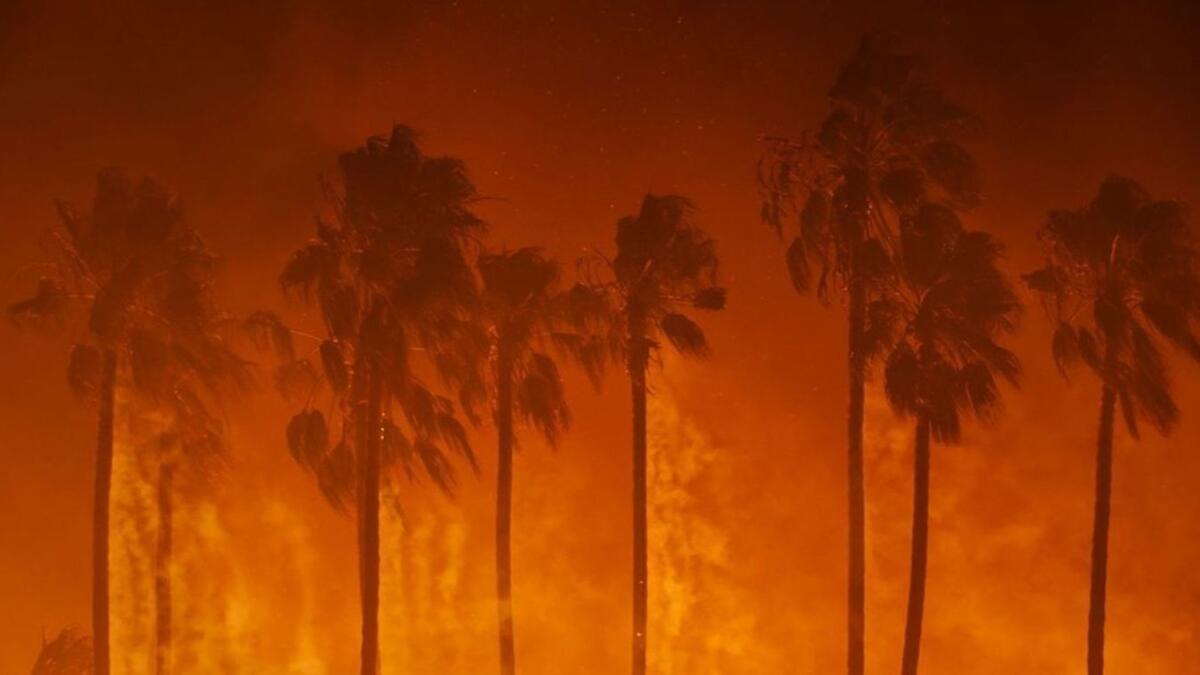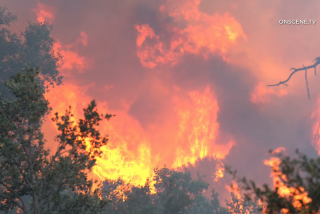Why California fires seem like they’re getting worse: A visual guide

The Camp, Woolsey and Hill fires of 2018 have yet again heightened California’s anxiety over increasingly deadly and destructive wildfires.
Here’s a visual guide to some of the essential facts we’ve gleaned from previous reporting as we continue to learn why fires seem to be getting worse.
California has just come out of one of its worst fire seasons on record
The sight of fires burning is not deja vu. The fall of 2017 shaped up to be one of California’s worst fire seasons. The trend has continued in 2018 as the Camp fire in Northern California’s Butte County has become the deadliest fire in state history.
Fires during the fall have historically proved to be the most fatal. Of California’s 20 deadliest wildfires, 15 have occurred between October and December, according to the California Department of Forestry and Fire Protection.
California’s wine country fires in 2017 destroyed and damaged more than 7,500 buildings, with the most destructive being the Tubbs fire.
See more detailed maps of the 7,500 buildings »
A wetter winter followed by a long and dry summer
California’s rain season leading up to the summer of 2017 was wetter than recent years. The 2016-17 water year set records in the northern Sierra Nevada, which recorded a total of 94.7 inches of rain throughout the year.
The precipitation aided in a larger amount of wild land vegetation in areas that hadn’t seen large fires in several years.
But what came next was the hottest summer on record in California.
Rain followed by vegetation growth leading into an exceptionally dry and hot summer created a tinderbox setting for explosive wildfires to be more destructive.
The common thread in California’s wildfires: heat like the state has never seen »
Santa Ana winds can fuel Southern California wildfires
The notorious winds created from the high deserts and mountains often fuel already dangerous fires into something worse.
How Santa Ana winds help fires spread »

The hot dry Santa Ana winds can fuel wildfires in Southern California, but they start as a cool breeze over a Nevada desert.
Urbanized areas surrounded by wild lands are at most risk
Some of the most heavily damaged areas have been in the middle of where housing was close to the wild land-urban interface – where housing and vegetation mix.
About one-third of California homes are considered to be in the wild land-urban interface.
California legislators have recently aimed at managing the state’s overgrown, parched forests to prevent future catastrophic fires. Lawmakers put together a hodgepodge of proposals to address fires in the wildland/urban interface.
Outgoing Gov. Jerry Brown approved a law for $1 billion to be spent over five years on tree and brush thinning, prescribed burns and other forest health programs.
But there are a number of other policies the next governor will have to weigh.
Natural disaster is inevitable in California. And it can define a governor’s legacy »
More to Read
Sign up for Essential California
The most important California stories and recommendations in your inbox every morning.
You may occasionally receive promotional content from the Los Angeles Times.










